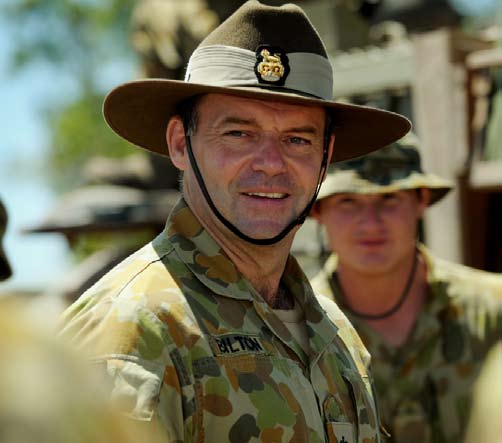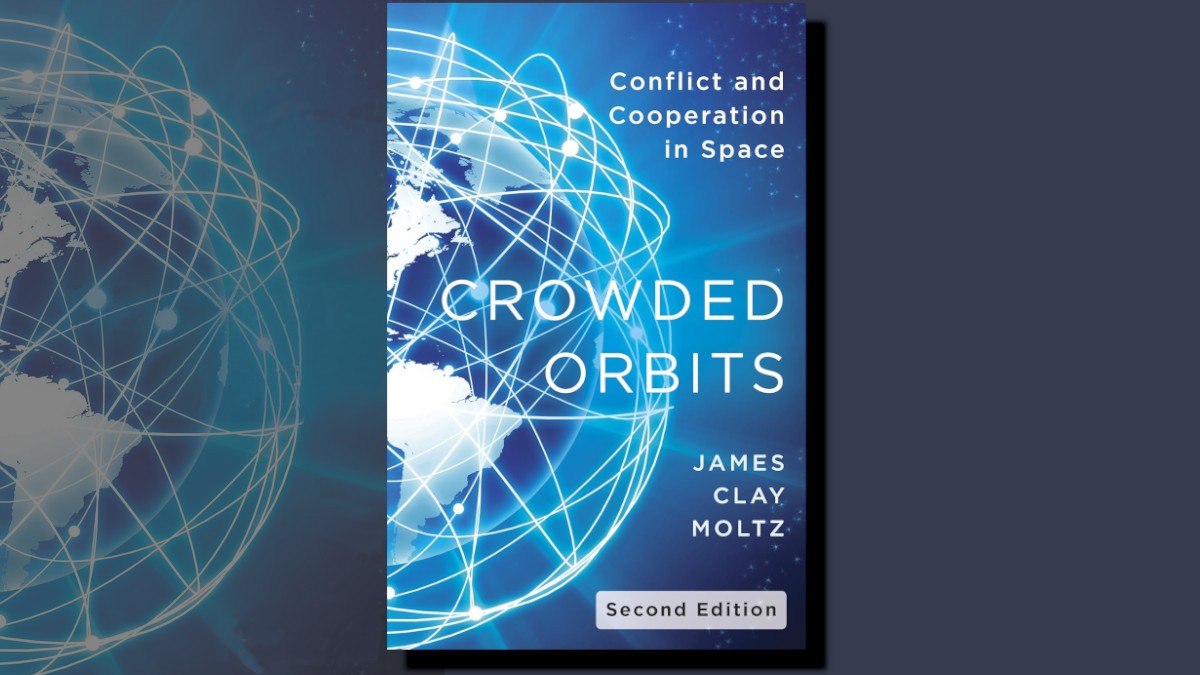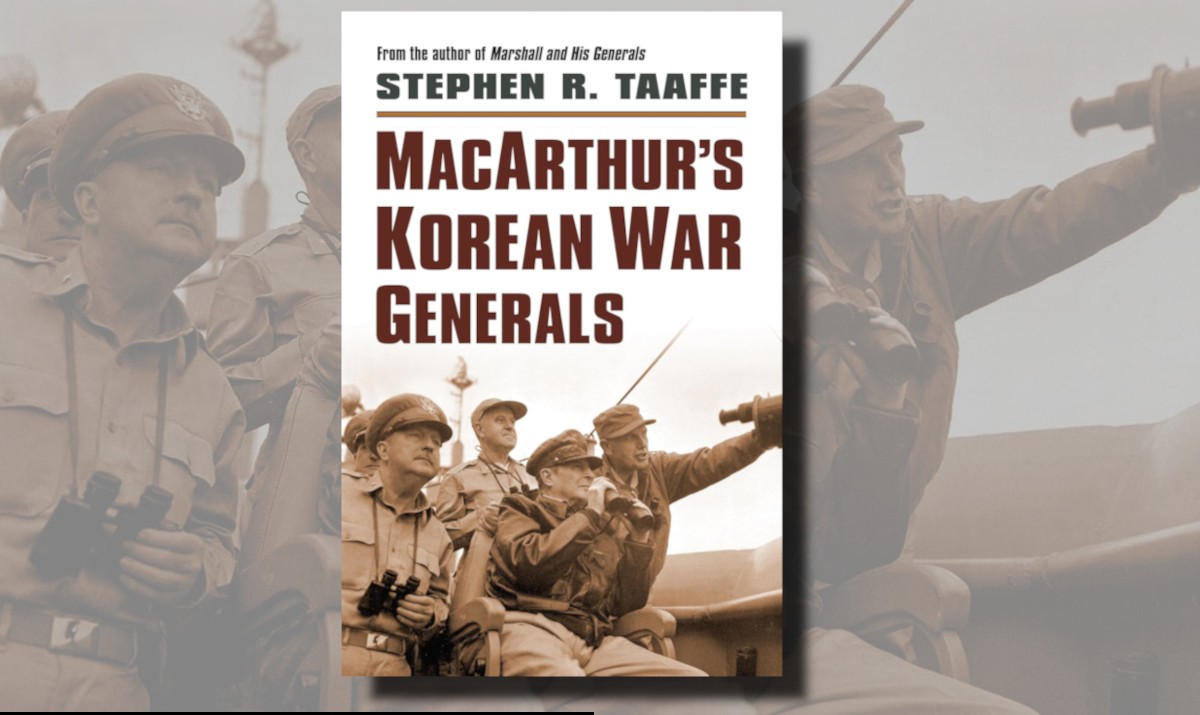Session 3: Session Summary
Generating Land Power through Partnering
Synthesis
Speakers in this session focussed on the role of partnering in developing regional security and stability. There were two main types of partnering referred to by speakers, including international partnerships and internal partnerships across whole-of-government. In the context of international partnering, respect for national sovereignty was identified as a core element of successful partnerships, while understanding and respect for culture were common to both types of partnerships. Partnerships and cultural awareness were also identified in Session 2 as key elements to developing partnerships for countering violent extremism. Partnering across multiple dimensions is identified by Chief of Army in his Commander’s Statement Australia’s Army: An Army in Motion.*
Within this session, partnerships were framed within a few different operational contexts, namely interoperability during conflict and training, and coordination during peacekeeping activities and Humanitarian Assistance and Disaster Relief (HADR) assistance. Partnering was not limited to the institutional level, with Brigadier General Toropo, Commander of the Papua New Guinea Defence Force and Mr Dunbier of the Australian Civil Military Centre highlighting the important role of personal relationships in fostering institutional partnerships. This echoed Chief of Army’s focus in his Commander’s Statement about the importance of people to Army. In addition to respect for sovereignty and culture, other key elements to partnering identified by all speakers included the importance of trust, transparency and time.
From the Australian perspective, Major General Greg Bilton, Deputy Chief Joint Operations, noted that partnering is supported by the Defence and Foreign Policy White Papers which guide international engagement. Both Major General Bilton and Mr Sadleir of the Department of Foreign Affairs and Trade noted Australia’s focus on partnering with ‘like-minded’ and ‘rules-based’ partners to provide regional security, stability and prosperity in the face of transnational and global security challenges—such as limited government, ethnic and religious conflict, and insecure borders. Mr Sadleir noted activities that complemented Defence Force efforts to achieving security, including free trade and support for Pacific nations such as Papua New Guinea and Timor Leste. Such assistance includes peacekeeping and HADR activities.
Brigadier General Toropo provided a view on partnerships from the perspective of a small Pacific nation. He noted that smaller partners often tend to have disproportionately larger stakes in the outcome of partnering and reinforced the importance of cultural understanding and an awareness of the context within which nations are operating. In the case of PNG, this included the small size of the defence force relative to those of larger nations and the difficulty posed by terrain and less well developed infrastructure.
Capacity building and enhancement were identified as important roles of partnering, particularly in HADR assistance. In the context of HADR the notion of ‘soft’ cooperation with non-government organisations, raised in Session 2, was echoed by Mr Sadleir.
Major General Bilton echoed Brigadier General Toropo’s sentiments around sensitivity to other nations’ contexts, indicating that partners should be consulted up front prior to undertaking partnering activities. He also noted that partnering is best nourished and normalised over the long-term rather than in response to a crisis—a sentiment put forward by Minister Pyne in Session 1 and reinforced by Brigadier General Toropo and Mr Sadleir, who identified current, ongoing and long-term partnerships with a range of countries.
Respect for culture was also applied to partnering within national borders. Across agency, whole-of-government partnerships were seen as just as important to promoting stability and security as international partnerships. Mr Sadleir noted the benefits of partnering between diplomats and the defence forces, while Major General Bilton and Mr Dunbier noted culture applies at multiple levels, including departmental, national and professional. Mr Dunbier provided a personal example of the cultural differences between police and the military, particularly in the way each force responds to issues. From a different perspective, Brigadier General Toropo noted that PNG faced internal cultural issues related to regional and ethnic rivalries. Major General Bilton and Mr Dunbier both noted that internal partnerships required departments to learn to sometimes lead, and sometimes support. This sentiment was similar to comments at an international level made by Lieutenant General Bautista from Session 2, referencing the Philippines leading the conflict in Marawi with other nations in supporting roles.
An overlapping link with Session 2 was the importance of partnering to countering space and cyber-security issues also raised by General Bautista in a call for action to promote collaboration in this area. Major General Bilton highlighted the importance of partnering in these areas, particularly in the context of borderless conflict. Mr Sadleir pointed to a plan for Australia’s engagement on partnering for cyber issues through a planned Australian Pacific Security College for regional security. Likewise, it was also emphasised in Session 2, and reinforced in Session 3, that partnering was vital to countering violent extremism through enhanced information sharing domestically between agencies and internationally.

Figure 20. Major General Greg Bilton, AM, CSC, here as commander of Joint Task Force 637 tasked with disaster relief after the devastating Bundaberg Floods of 2013. Major General Bilton discussed the importance of harnessing the capabilities and capacities of partner nations to achieve joint aims. (Image: DoD)



